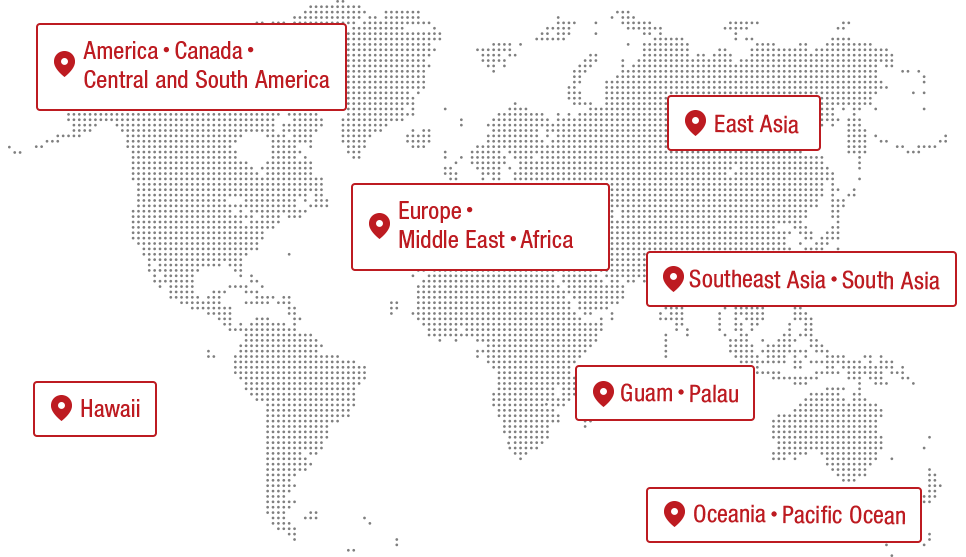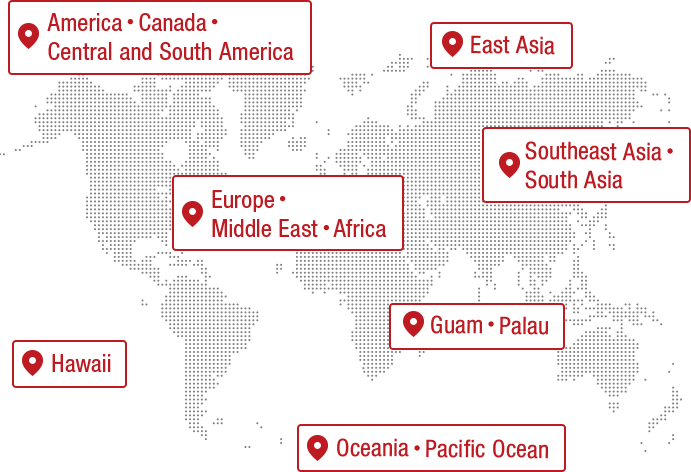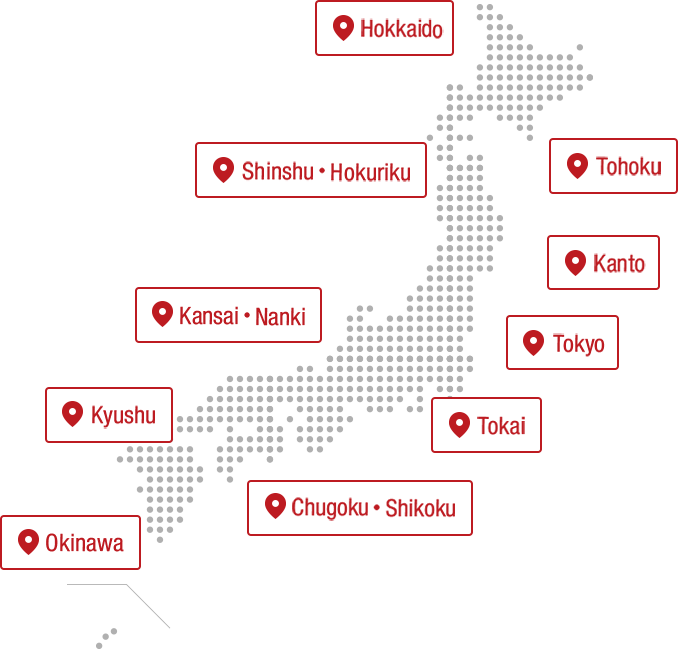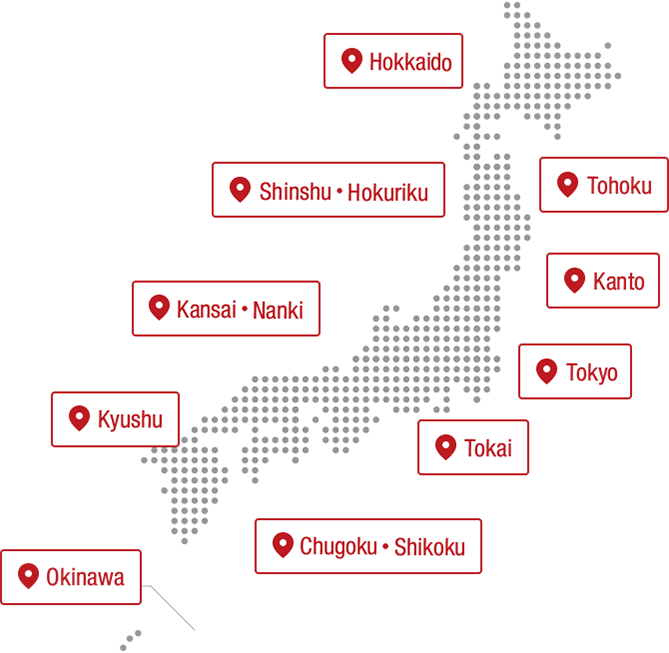Six years after moving here, photographer Meisa Fujishiro has discovered that time flows at a different pace in the island of Okinawa than in Tokyo, and that the unique climate there offers a sense of healing. This is the final installment of a series of essays in which she writes about the charms of Okinawa that she has found in her daily life.
Please also enjoy the first installment of the series, "The Blue of Okinawa," and the second installment, "The Green of Okinawa."
Text and photos by Meisa Fujishiro
Living in a foreign residence in Okinawa
In Okinawa, they live in what are called "foreigner housing." These simple, single-story buildings made of white concrete were built mainly for military personnel in the 1960s by the U.S. military. Today, many of these buildings are used as stylish cafes and stores selling miscellaneous goods, but of course ordinary Japanese people also live there.
The white, square house stands out among the blue of Okinawa's sea, mountains, and natural greenery, but it also blends in mysteriously with the surrounding area, giving it an exotic feel that is neither Japanese nor American.
I've been living in that white rented foreign house for six years now. Although I have to overlook issues with ventilation and old drainage pipes, I'm generally happy to continue living there.
The solid texture of concrete lacks the lightness, flexibility, and naturalness of wood, but it is unaffected by typhoons, and the simple space of a white square box sparks interest in simple interiors, furniture, and household goods, which may eventually lead to a simple lifestyle, so this aspect is not to be overlooked. The shape of a house affects the way people live their daily lives, and the white house is a house that made me realize this.
Foreign housing is mainly built around U.S. military bases, and is often located on land with a good view. Land with a good view, such as high ground, is often used for cemeteries in Okinawa, but Americans have not minded and have actively used it for residential areas as it has a good view.
Many of the remaining foreign housings are adjacent to cemeteries. The house I live in is a little far away, so there is no cemetery in sight, but there may be quite a few people who are concerned about the cemetery being close to their homes. I am one of those people who are concerned about it, but I am fortunate to be insensitive and can pretend that it doesn't exist if it's not in my sight.
Life in Okinawa, where ancestor worship remains
In Okinawa, ancestor worship is important, and I hear that cemeteries are built on high ground in the hope that their ancestors will have a good land. I like high places, and I often end up climbing higher and higher while walking, so I often come across cemeteries. It's like I'm touring the cemetery. The view from there is truly wonderful, and I can see how deep the faith of the people of Okinawa is. I'm sure their ancestors are feeling very happy.
Returning to the topic at home, the view from my house is equally good, with the East China Sea and the Kerama Islands in the distance. The happiness of getting up early in the morning, finishing work before evening, putting a simple outdoor chair in the garden, and pulling the ring of a beer can is an important part of my daily life. I can almost say that I get up in the dim light just for this moment.
A life of healing and agriculture
As for waking up, I often get up early in the morning, and I usually do some light yoga before moving to meditation. The island nation of Okinawa is often spoken of as a place of healing, and like many others, I became interested in healing after moving to Okinawa.
In my case, I am not satisfied with just being healed, but have expanded to heal others, and am currently experimenting with various things. Among them, meditation is easy to make a habit of because it does not require money or equipment, and I now hold workshops about four times a month. It is truly profound as a form of self-maintenance for the mind.
There are other things I have started since coming to Okinawa, one of which is farming. This year, I have been busy and only have about a week a month in Okinawa, so I have not been able to spend time there, but until recently, I rented a field and did some sort of home gardening. I even grew wheat.
Okinawa's soil has different properties from that of the mainland, so it can be quite a struggle, but there is a sense of peace that can be gained from being in contact with the soil every day. It's strange, but the soil acts as an earth wire for the soul, purifying the unnecessary, and the sense of refreshment after working is hard to replace. No matter where I move to from now on, I will never lose my connection with the soil.
In Okinawa, there is the blue of the sea and sky, the green of the earth, and the white of the house where I live; I am living among these colors. To step away from meaning and planning for a moment and live as if I am simply surrounded by color. This is the gift I received from Okinawa.
Even after I leave Okinawa, if I take a deep breath and close my eyes, that color always spreads through my mind and body, like waves on the beach, ebbing and flowing.
Fujishiro Meisa
Born in Chiba Prefecture in 1967. His works focus on women, sacred places, travel, and nature, and cross the boundaries between entertainment and art. His photo books include "RIDE RIDE RIDE" (Switch Publishing) and "Let's Go Home Now" (Rockin' On), which features his wife, Tanabe Ayumi. He won the 34th Kodansha Publishing Culture Award in the photography category for "Shincho Mook Monthly Series" (Shinchosha). As a novelist, he has published "A Romance Novel Where No One Dies" (Gentosha) and "Drive" (Takarajimasha), and in recent years has also been working on poetry.
The contents published are accurate at the time of publication and are subject to change.

















